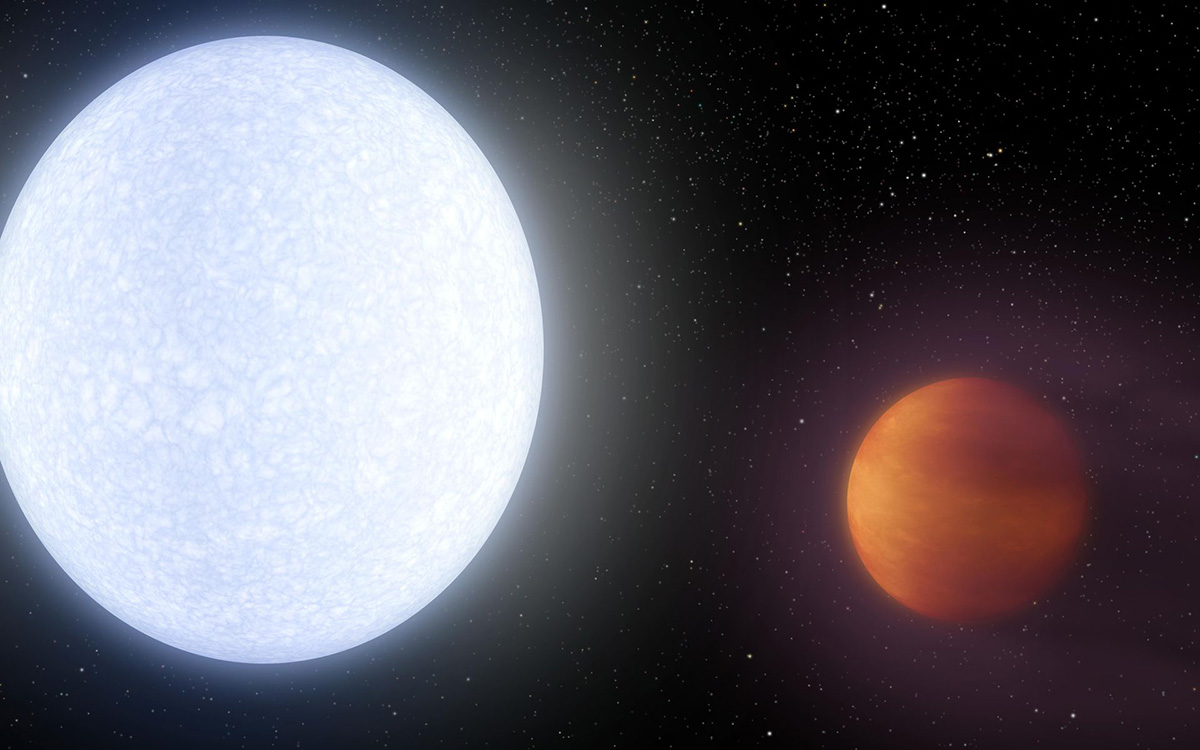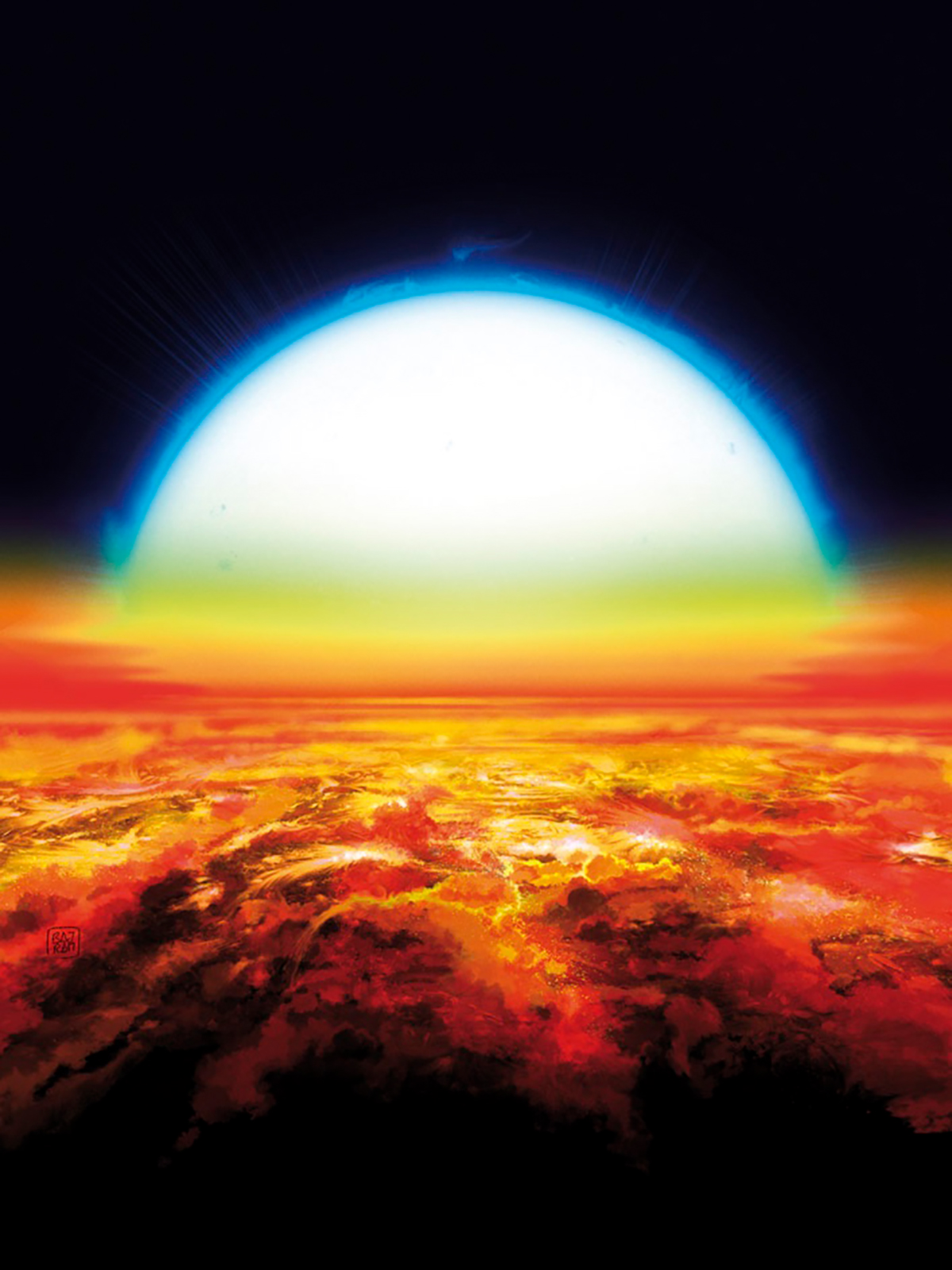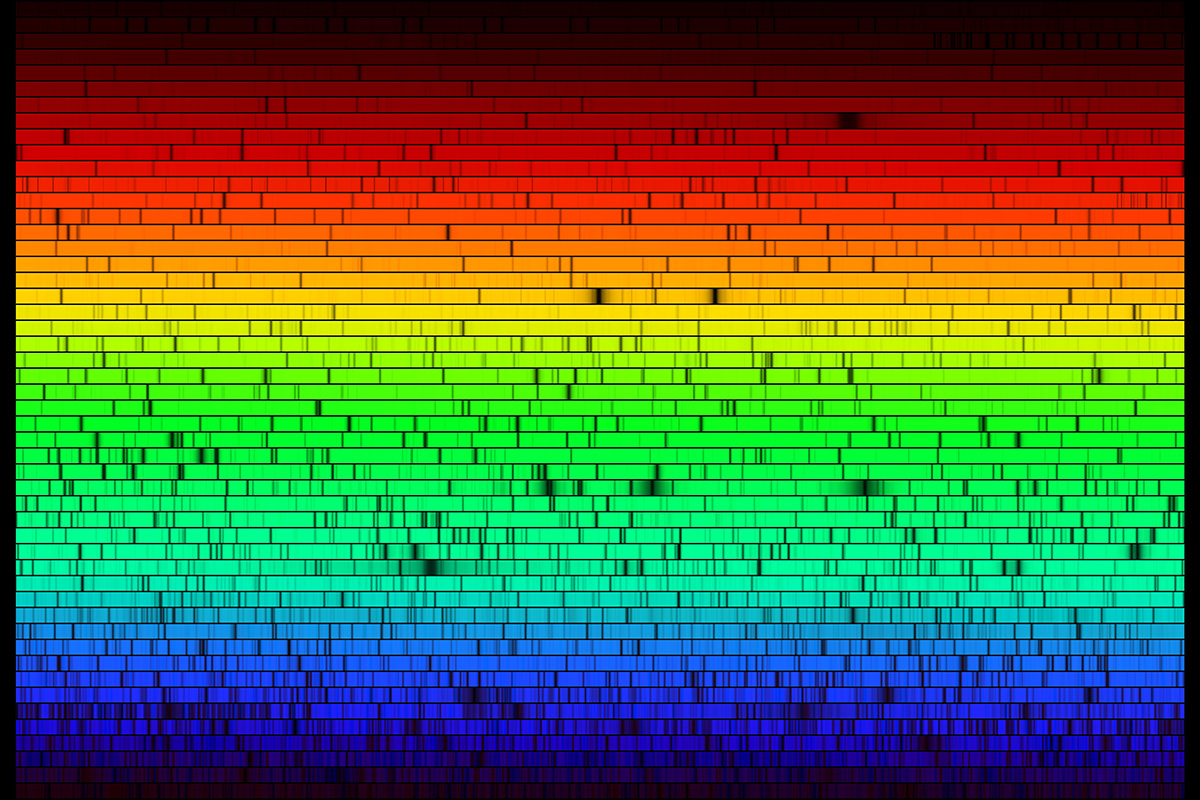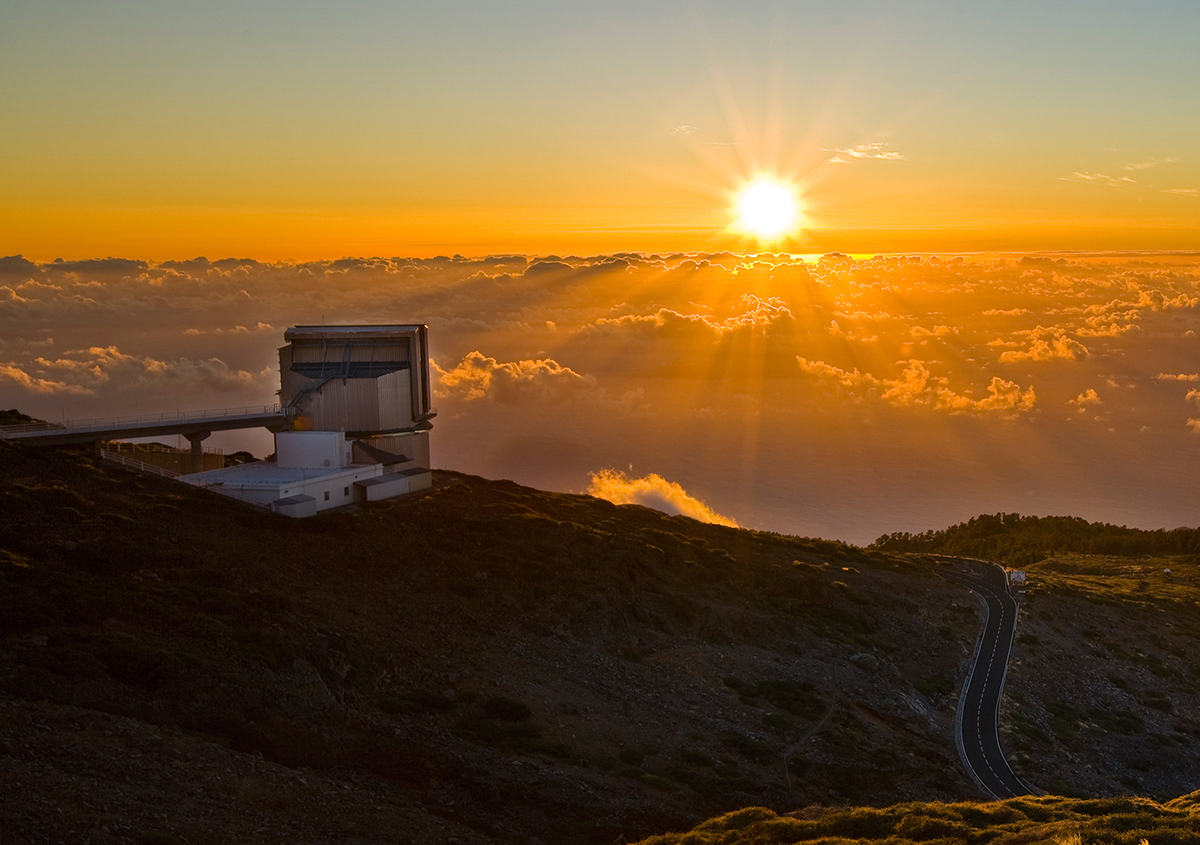The exoplanet as a treasure trove
The team observed the KELT-9 system for a second time, with the goal of confirming their previous detections, but also to search for additional elements. Their survey included 73 atoms, among which some so-called rare-Earth metals. These metals are less common on Earth, but are applied in advanced materials and devices. Jens Hoeijmakers, PlanetS postdoc jointly appointed between Bern and Geneva Observatory, says: “We predicted that the spectrum of this planet could well be a treasure trove where we would find elements which have not been observed in the atmosphere of an exoplanet before.”
The researchers indeed found strong signals of vaporized sodium, magnesium, chromium and the rare-Earth metals scandium and yttrium in the spectrum of the planet - although the latter three had never been detected in the atmosphere of an exoplanet before. “Based on our analyses, we are now able to estimate at what altitude in the planet’s atmosphere these atoms are absorbing light", says Jens Hoeijmakers. In addition, more is now known about wind patterns high up in the atmosphere that blow atoms from one hemisphere to the other.
"Using this technology, we want to find out more about the atmosphere of these exoplanets as well as other planets that have temperatures almost as high as that of KELT-9b,” explains Jens Hoeijmakers. Kevin Heng adds: "The chances are good that one day we will find so-called biosignatures, i.e. signs of life, on an exoplanet using the same techniques that we are applying today. Ultimately, we want to use our research to fathom the origin and development of the solar system as well as the origin of life."




